Decree after decree: how would you get rid of your property in 1917-18
By Pictolic https://pictolic.com/article/decree-after-decree-how-would-you-get-rid-of-your-property-in-1917-18.htmlStep by step, decree by decree — at first you have a measured life, an apartment, savings and other property, and after a few months - only illiquid papers and silver spoons.
Doctor of Economics Yakov Mirkin in the online publication Another View described the step-by-step process of how a Russian middle-class family was deprived of all its property in 1917.
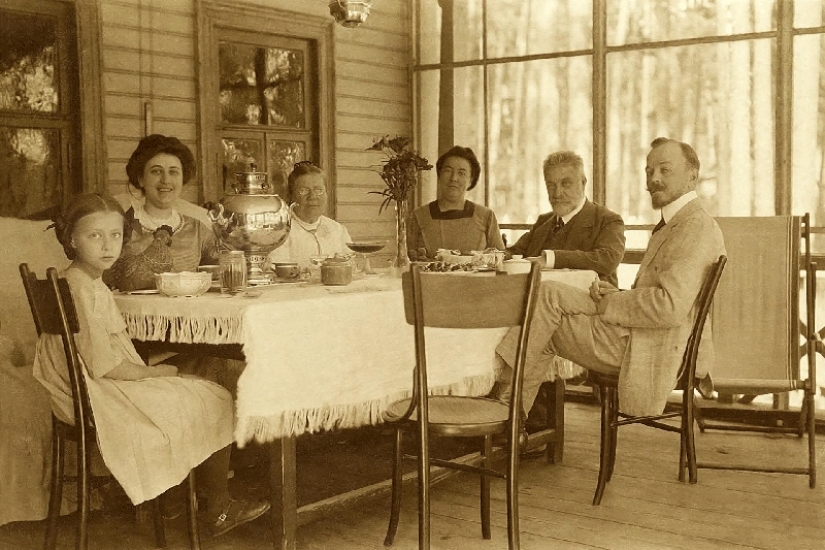
An apartment for the middle class in St. Petersburg of the early twentieth century. Most often they were 3-6-room apartments, with electric lighting, bathroom and toilet rooms. Quite often with the phone. The middle class living in such apartments are officials up to the state councilor, officers up to the foreman, gymnasium teachers, teachers of higher educational institutions, as well as from artists and writers to engineers, sworn attorneys (lawyers) and doctors with individual practice.
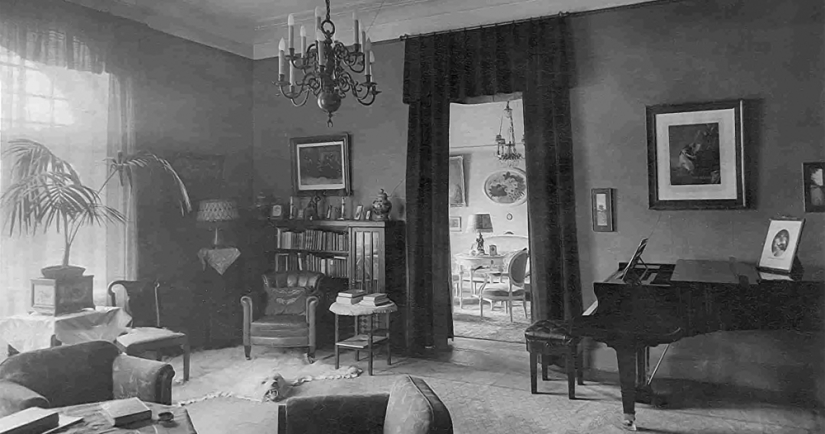 Your piece of land is confiscated free of charge. Private ownership of land is abolished (Decree of the All-Russian Congress of Soviets of October 26 (November 8), 1917).
Your piece of land is confiscated free of charge. Private ownership of land is abolished (Decree of the All-Russian Congress of Soviets of October 26 (November 8), 1917).
Your house is in the city – it's gone. The right of ownership of land plots and buildings within cities (within limits) is abolished (Decree of the Council of People's Commissars of November 23 (December 6), 1917).
They open your deposit boxes in banks and confiscate all the gold (coins and bullion) that are there (Decree of the Central Bank of December 14, 1917). If you do not come yourself with the keys, everything inside is subject to confiscation.

The operating room of the pre-revolutionary Bank in St. Petersburg
Cancellation of government bonds that you owned (Decree of the Central Executive Committee "On Cancellation of Government Loans" dated January 21 (February 3) 1918). Prohibition of monetary settlements with foreign countries (Resolution of the People's Commissariat for Financial Affairs of September 14, 1918). Prohibition of transactions with foreign currency within the country. In a two-week period, hand over all the currency (Resolution of the People's Commissariat for Financial Affairs of October 3, 1918). You stop paying pensions above 300 rubles monthly (decree of the SNK of December 11, 1917).
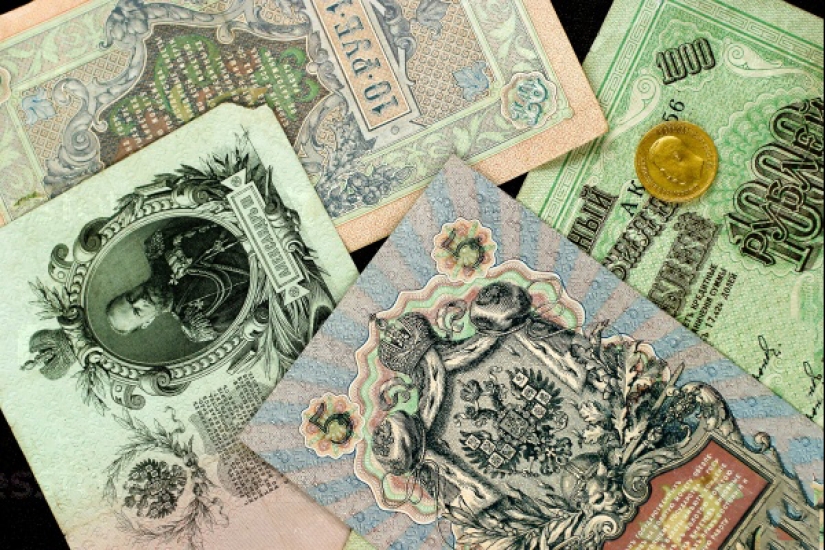
Your share in the partnership is no longer there. One after another there are decrees on the nationalization of enterprises, banks, insurance organizations, etc. Publishers, pharmacies, music stores. Private collections (Shchukin, Morozov, etc.). "Confiscate mines, factories, mines, all living and dead inventory." Confiscations one by one. "For the unauthorized abandonment of their position or sabotage, the perpetrators will be brought to the revolutionary court."
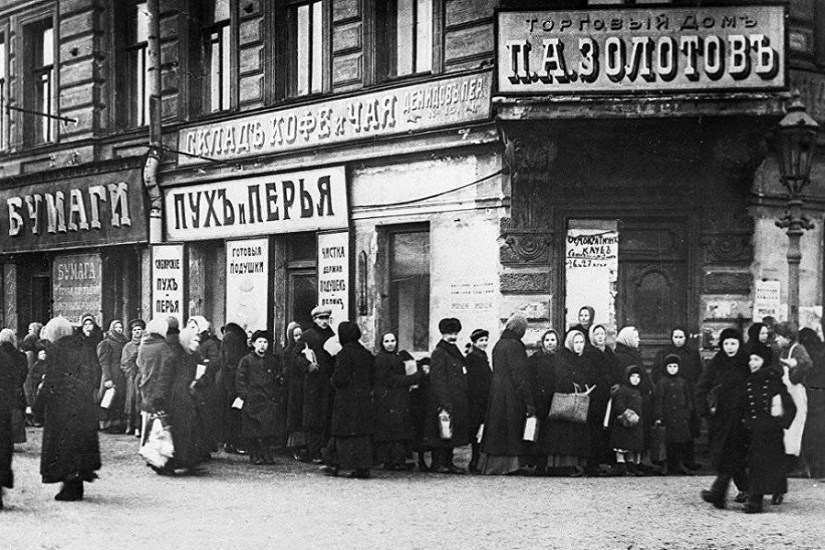
The queue in Petrograd.
To finish off your property – a one-time emergency ten billion tax from the propertied persons (Decree of the Central Executive Committee of November 2, 1918). Moscow – 2 billion rubles, Moscow province - 1 billion rubles, Petrograd - 1.5 billion rubles. Plus, the rights of local authorities "to establish one-time extraordinary revolutionary taxes for persons belonging to the bourgeois class" "Should be levied primarily in cash" (Decree of the SNK of October 31, 1918).
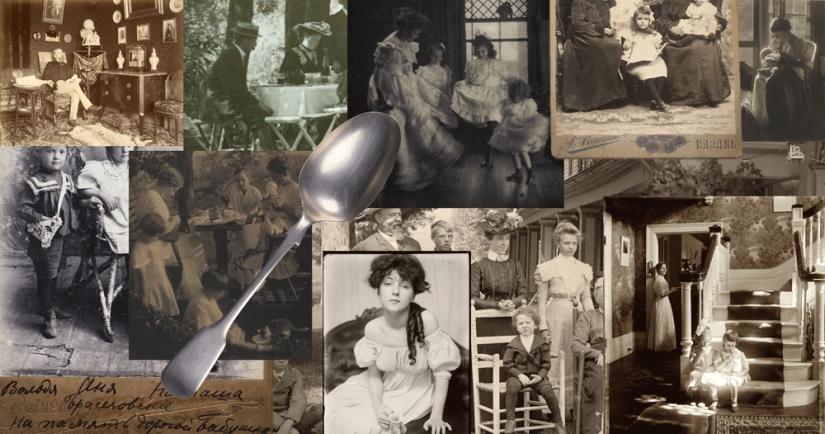
Keywords: 20th century | Pre-revolutionary era | Revolution
Post News ArticleRecent articles

This kotmadam not sorry neither forces, nor means to that beloved furry face was happy. In Switzerland, the cats are so sensitive ...

What comes to mind when you mention St. Petersburg? Naturally, the unique architecture, the dank weather and the culture that this ...
Related articles

In 1947, LIFE magazine photographer Alfred Eisenstadt took a series of photographs at the Swiss resort of St. Moritz, an island of ...

In the first two decades of the XX century, against the background of technological progress, the development of photography, ...

Anton Sevrugin (1830-1933) was the official photographer of the Imperial Court of Iran, his photography studio was one of the most ...

From the outside it seems that success comes easily. But in fact, behind it there is usually hard work, many failures and, often, ...